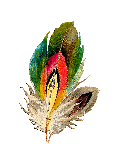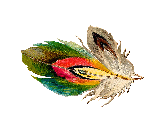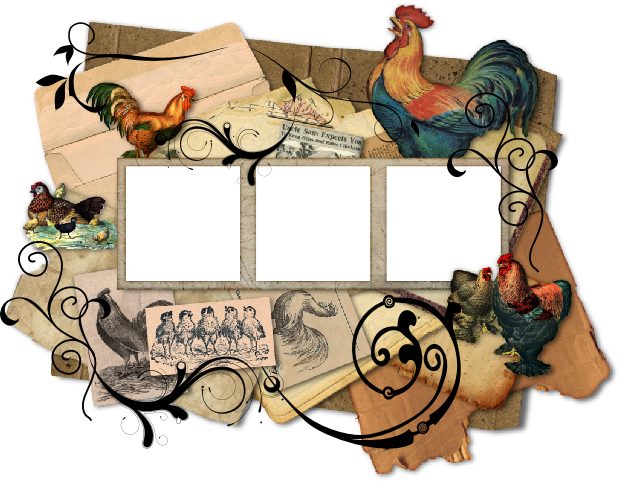
Molting is when a bird will suddenly lose a lot of their old feathers and over the
course of a few weeks, grow in new ones. All birds molt, and in chickens the molt
can vary widely-
Many people freak out when their birds molt because it can be so sudden and dramatic, and all at once their bird is falling apart, nearly featherless and listless. Don’t panic! Of course you should always observe the bird for any signs of illness–weight loss, abnormal poops, symptoms such as labored breathing, sneezing, etc. just to be sure they aren’t molting AND ill.
Once you have ascertained that it’s just a molt, just buckle up and hold on, it’ll be over soon.
My Head Hen, Bear, always does a hard molt and tends to look like a Chernobyl victim,
it can be VERY startling to suddenly find one of your birds in this condition-
Here is Bear, over the course of several days one December when she started to molt:
Day 1
Molting Feathers
In Which Bear Shows Off Her Ability To Terrify

Velvet Sparrow
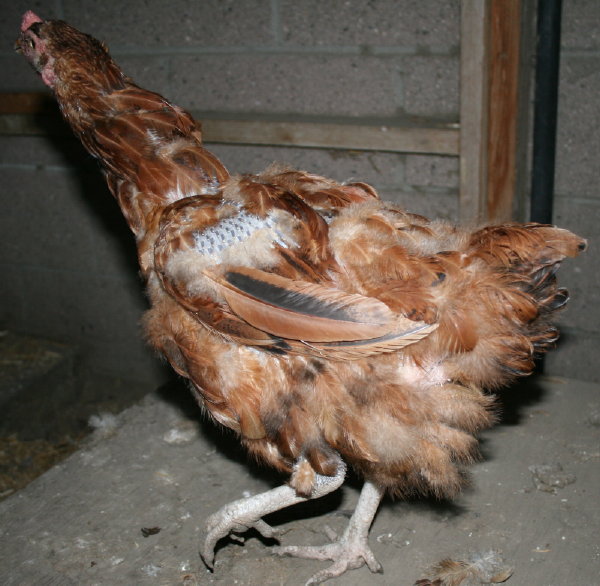 >
>
Jack’s Henhouse
Up close it was even worse…
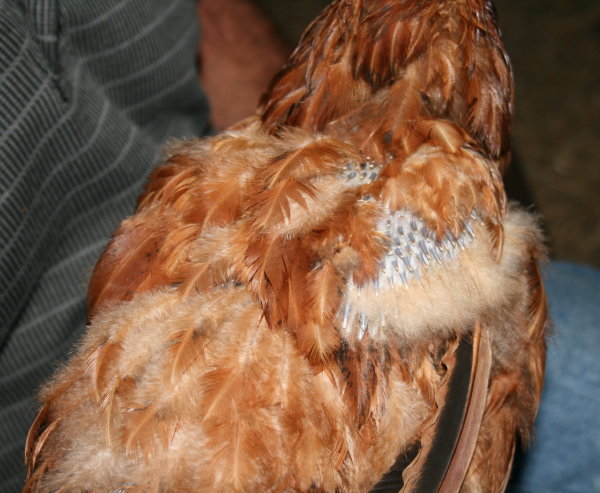 >
>
Jack’s Henhouse
Day 2, unhappy pincushion on legs…
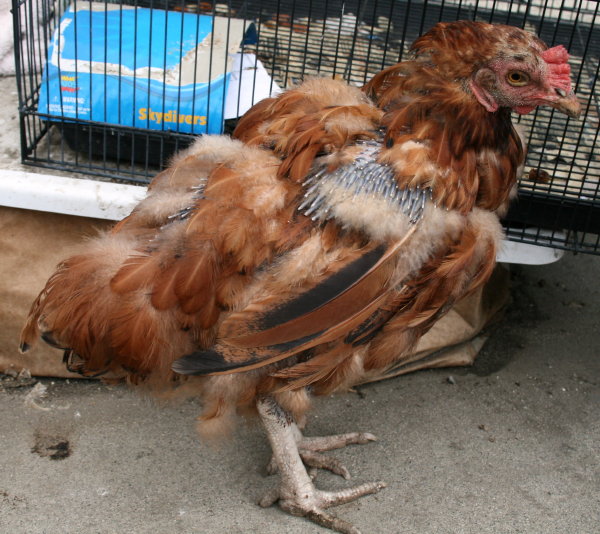 >
>
Jack’s Henhouse
Day 3
As bad as it gets without the chicken outright dissolving, I guess. At this point the new feathers are REALLY coming in and Bear was spending all of her time being Super Grump and preening.
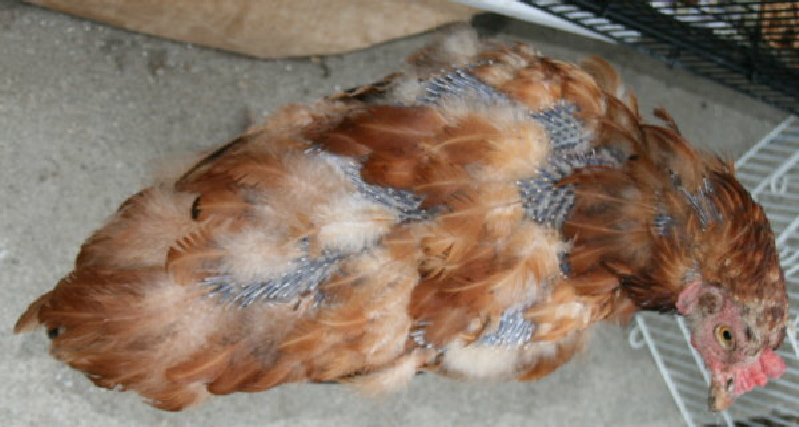 >
>
Jack’s Henhouse
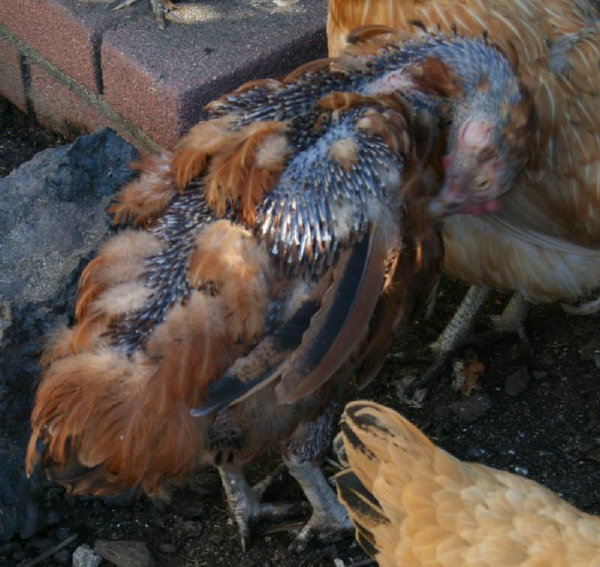 >
>
Jack’s Henhouse
The hen in front of Bear in this shot is her daughter, Beast, who was also molting right along with her mother. Phoenix, our Head Roo, was the only one who could safely get near Bear. He positively radiated sympathy.
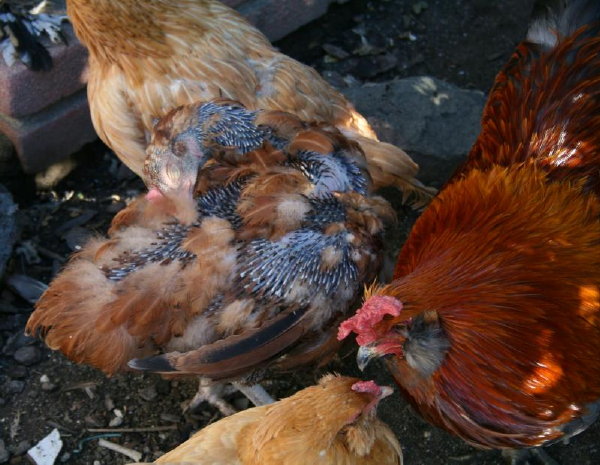 >
>
Jack’s Henhouse
The final shot, wherein Bear is shooting me the look she has perfected after all
these years of molting: The Bear Glare. This laser-
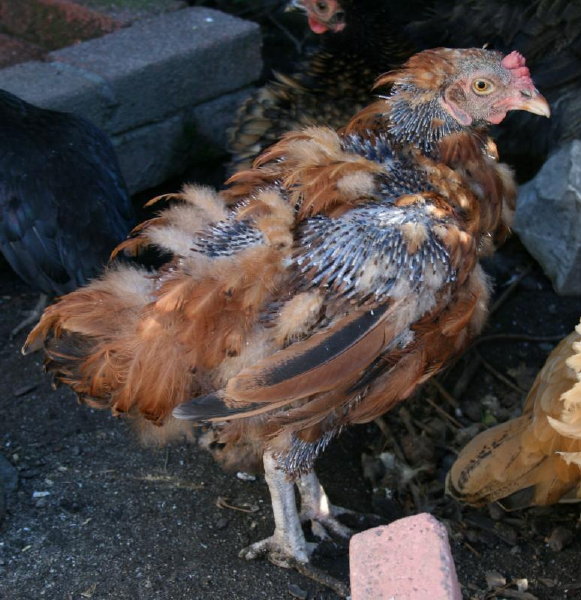 >
>
Jack’s Henhouse
Happily, all is not lost, and less than two weeks later Bear has regrown herself a beautiful new suit of feathers and is her old perky self again.
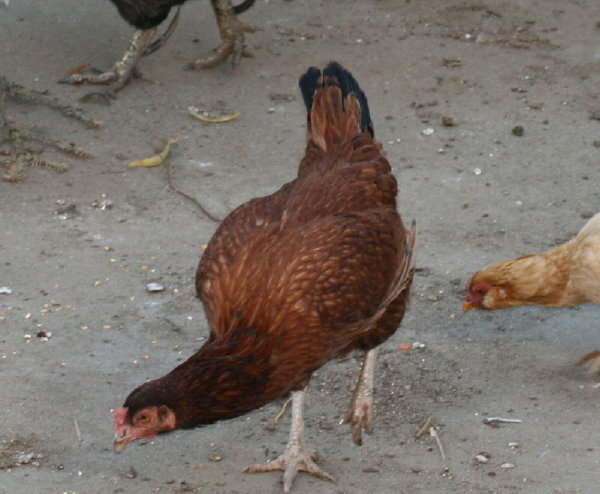 ">
">
Jack’s Henhouse
...and sneaking into the kitchen to beg for goodies.
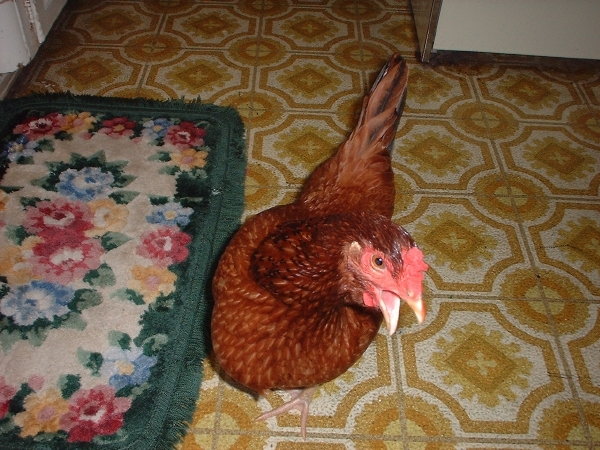 >
>
Jack’s Henhouse
Lots of chickens do a hard molt after reaching around one year of age, give or take
a few months in either direction. After that most molt once a year. It can vary widely
from breed to breed and from chicken to chicken. Some do it in the summer, some in
the winter (when you figure it'd be the worst possible TIME to molt!). While molting
isn't an illness per se, it IS a big stressor on the chickens' system. You can help
your birds along by providing a bit of extra protein in their diet-
When a chicken is molting, they will naturally be a bit withdrawn, depressed, listless
and grumpy. While this isn’t technically illness, they still benefit from supportive
care from you. They may irritably peck flockmates and generally be a pain to be
around, and may hide. This is again Bear on the right and her daughter, Beast on
the left-
Beast kept checking over her shoulder to see if I was still there with the camera. Beast did at least retain one tail feather for a while to help indicate her status.
I think they know they look funny, poor babies! Chickens appreciate praise just like dogs & cats do, so coo at them and tell them how pretty they are to cheer them up a bit, it helps. It won't be long before they are carrying a beautiful new suit of feathers and an improved attitude.
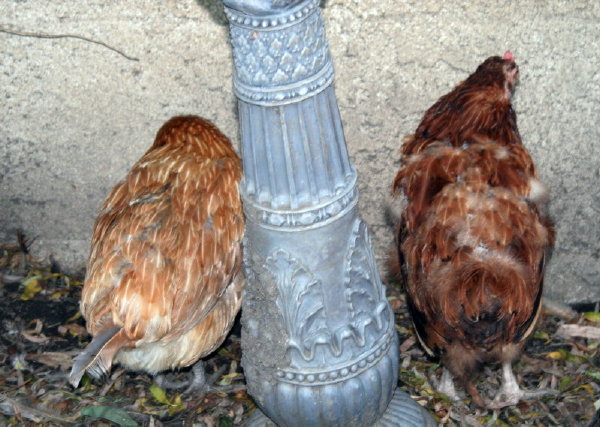 >
>
Jack’s Henhouse
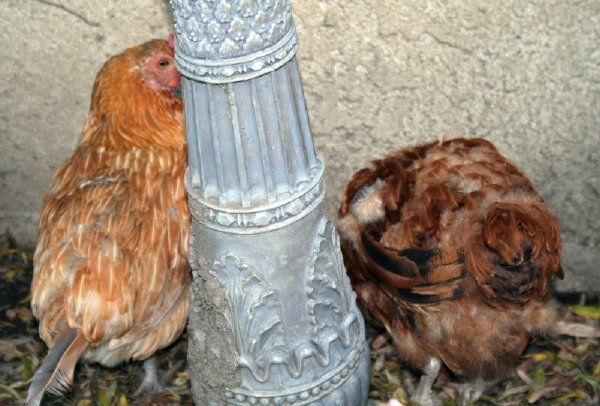 >
>
Jack’s Henhouse

Enjoying the chickens? Has my site helped you?
Want to buy the chickens some goodies?
Click the button!



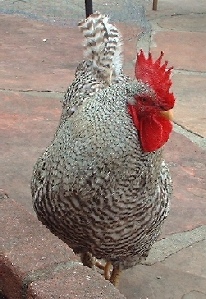 >
>


